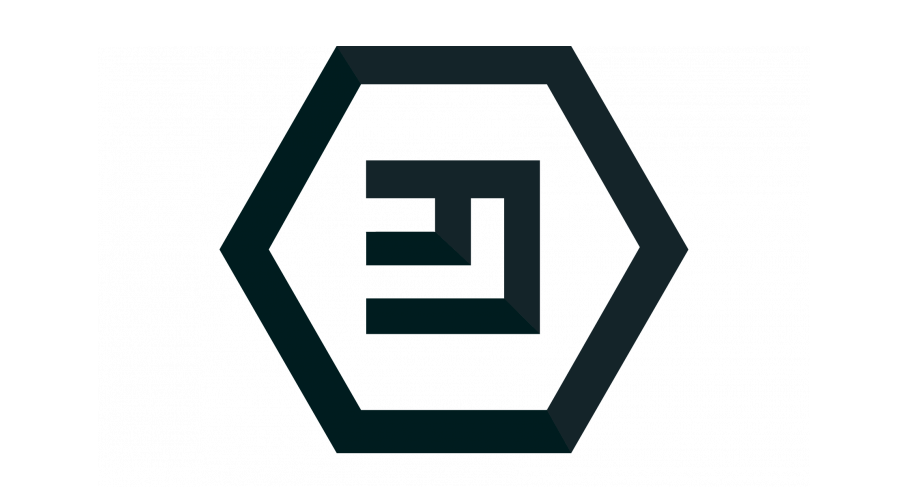On December 11, 2017, Emercoin, a blockchain service for business and personal use celebrated its 4th anniversary. While not the flashiest of coins out there, the Emercoin team has made solid progress in the years since its founding. This year was no different, 2017 saw the team meet all the goals set for the year including, making EmerSSL into an operational service, enhancing EmerDPO with SN Publisher, a separate utility for automatic record creation, provided EmerDNS with a whole range of browser plugins improving user experience, and set up a suite of lightweight and secure mobile wallets based on the Electrum protocol.
Merged mining with Bitcoin was mentioned as the highlight of 2017. The transition to merged mining has enriched the Emercoin ecosystem with Bitcoin pools, including F2Pool and others — all traceable in the blockchain. As a result, Emercoin’s blockchain complexity exceeded that of Bitcoin itself. It is one of the less obvious factors boosting the blockchain’s resilience, as higher complexity requires more resources to create a longer chain.
Emercoin was also included in the Red Hat corporate catalog of certified software programs.
Further Adoption
Regarding the stable year to year growth, this also means more adoption. This year, several independent projects and companies have utilized Emercoin’s blockchain technology. Most of them are startups, Ecocoin mentioned the following ones specifically:
- Prover, similar to the Letsnotar.me notarization service, but from a different team. It allows users to record videos and notarize their creation time. The system uses so-called “swype” codes linked to both the blockchain and a given video. Previously, a blockchain could only verify that a record was entered in a certain block. Now, Prover can guarantee that the file had not existed before it was captured in the blockchain.
- Polybius Bank ranks among 2017’s most successful ICOs. It will use the Emercoin blockchain to manage the bank’s document flow. As this is a large-scale project, it will likely spend the whole 2018 on organizational stuff, with major applications to follow in 2019.
- Another exciting project is Eggs, a distributed data center offering low ping through VPS redundancy. In a mining-like fashion, users can provide VPS services themselves, buying physical servers from Eggs, putting them online, and then leasing them out. Each server is pre-configured and ready to run, with a pre-installed Emercoin wallet managing the network via EmerSSH and EmerSSL.
- UnaDesk strives to decentralize the real estate and utility market and uses the Emer blockchain. Although the project’s whitepaper is controversial at times, the team’s track record in the industry gives it an optimistic outlook.
- FoundICO, an ICO project aggregator using passwordless authentication via EmerSSL for itself and planning to use it in listed ICO projects to enhance their security. For instance, it will make it impossible to hack backers’ logins to hijack their crypto wallet addresses. FoundICO was also the first project to use Authorizer, a free OAth2/Emer-based service allowing almost any website to use passwordless authentication via EmerSSL. Authorizer has detailed manuals for both admins and users and provides a free SSL user certificate.
- Blockchainizer.com focuses on coinless blockchains. Users top up an account with fiat money — WebMoney or Paymer at the moment — and then create blockchain records. The crypto coins for record creation will be spent by Blockchainizer itself. The service will be in demand in countries where cryptocurrencies have an unclear legal status or are banned at all, so companies cannot have them on their balance sheet.
- Blockchainizer, in turn, allows users to easily record up to 20 kb per block without using cryptocurrencies at all. You can terminate the service at any time while keeping your data, thanks to the built-in private key export mechanism. In the near future, the service will be updated with an API and wire transfers top-ups.
- Deloitte Consensus, an Emer-based document management project used by Deloitte’s Ukrainian office. It was unveiled this year at BlockchainUA and ranked second at the follow-up hackathon.
- Hamster Marketplace, a non-profit decentralized trading platform that focuses on the disintermediated distribution of unique gadgets designed by budding and local manufacturers. According to the project team, the transparency and accountability of management decisions will be enabled by using the Emercoin blockchain for voting, decision-making, and cost accounting.
- VINChain, similar to the car title certification blockchain introduced by HashCoins last year. VINChain positions itself as the world’s first decentralized international market for car-related data.
- Russian Railways’ freight shipping e-marketplace uses the Emercoin blockchain to record the ITP indicator.
EMC Performance
The Emercoin exchange rate has been growing steadily during the last three years:
Dec 11, 2014 — USD 0.01
Dec 11, 2015 — USD 0.05 +400%
Dec 11, 2016 — USD 0.19 +280%
Dec 11, 2017 — USD 1.02 +437%
Outlook
- Emercoin wallet v0.7.0 will bring about many changes, including the SegWit-enabled Bitcoin v14.3 core, cheaper blockchain entries, and full CNAME support in EmerDNS.
- Emercoin will plan to revamp the EmerLNX online ad blockchain to support CPA and invite all CPA networks to join.
- Finally, Emercoin will unveil its first-ever smart contract, ATOM, which is smart enough not to be Turing-complete.
